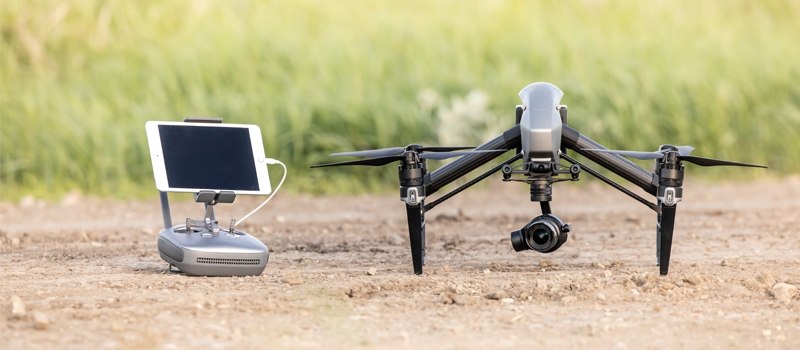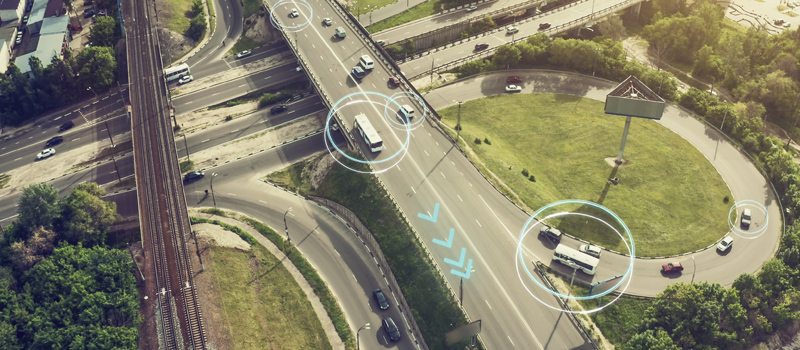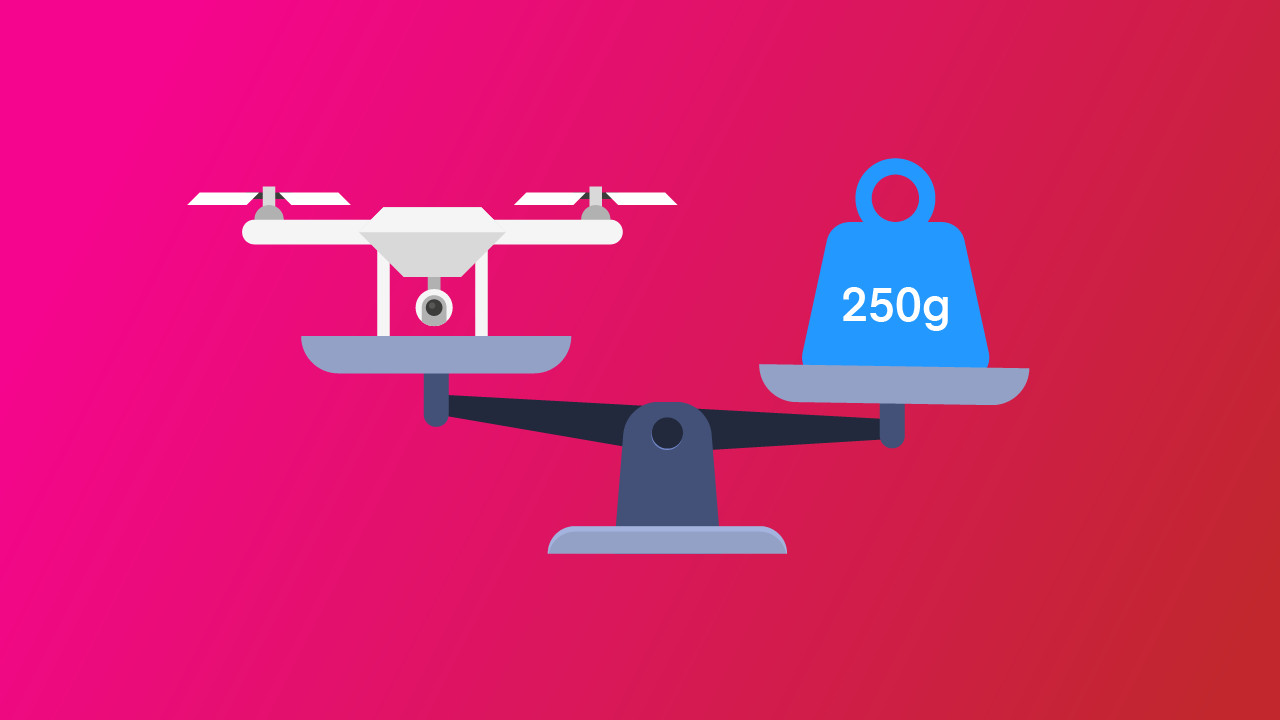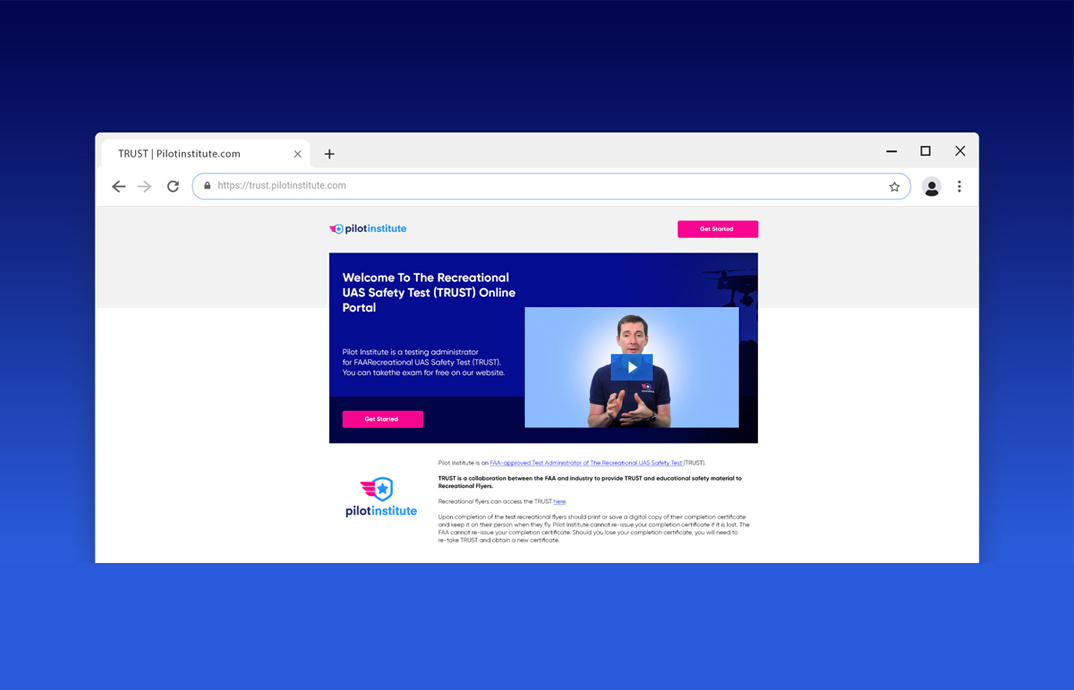-
Benefits
- Modern drones have more capabilities than ever
- Modern drones can be programmed for autonomous flight
- Drones are getting smaller
- More industries are finding value in using drones
- Commercial drone flight has become a new competitive field
-
Drawbacks
- Drone flight has become hard to regulate
- Drones have disrupted aircraft operations
- More people are concerned about drones violating their privacy
- Restrictive policies may turn off drone pilots
- Some people may react to drones violently
-
Final thoughts
It seems that about a dozen new drones are launched by various brands every year, each one aiming to be better than the last. This rapid innovation in drone technology has given us a selection of drones with capabilities that are as diverse as ever. Unfortunately, not all drone activity is seen in a positive light.
In as much as drones have been instrumental for industries, it has also been used in less than noble ways. In this article, we’re taking a balanced and more sobering look at modern drone technology.
Benefits
Modern drones have more capabilities than ever
One only needs to look at the features of some of the more recently launched drone models to realize just how far the technology has gone. Some drones have cameras that can record videos in 8K resolution and at framerates of up to 120 fps. These cameras can also take still photos at 20 MP and have a lossless zoom of up to 8x.
Aside from the onboard cameras, the drone themselves have gotten a lot smarter. With an array of onboard sensors, modern drones can now detect obstacles along their flight path and avoid them automatically. Taking this a step further are drones that use several cameras to recreate 3D models of their environments. There are so many unexplored possibilities of this technology that could turn drones into mobile 3D scanners.
This doesn’t even dwell into all the optional accessories and “payload” that drones can be equipped with. Aside from standard RGB or CMOS cameras, drones can be equipped with thermal imaging cameras, multispectral sensors, high-speed cameras, or LiDAR sensors for the collection of various types of data. When paired with a high-precision GPS receiver, all of these data can be mapped in geospatial coordinates.
One doesn’t even have to look at all this fancy sensor technology to see how diverse drones have become. For years, the idea of drones being used for parcel delivery has been continuously proposed and explored. There are now high-powered drones that can carry fertilizer or insecticide to spray in agricultural lands. Firefighters have even used drones connected to a water source to help put out fires in high-rise buildings.
Even this long list only scratches the surface of what drones can do nowadays. Who knows what else the future holds? With such a high demand for technology, we can bet that drone manufacturers are working overtime to come up with the next big thing.
Modern drones can be programmed for autonomous flight
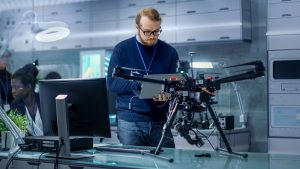
If you’ve ever seen a drone light show where hundreds of drones fly around to create beautiful patterns against the night sky, you might be wondering how such a large fleet is operated. No, there aren’t hundreds of drone pilots behind the scenes. Instead, all the drones have been pre-programmed to fly along pre-determined flight paths.
More than just nice-looking light shows, this feature has made drone fleet operations possible for several industries. This is particularly useful for the surveillance of large agricultural lands and solar farms where a single drone may not be enough to cover the entire area.
An autonomous security drone may not be exclusive for large areas, either. Just a few weeks ago, popular home security brand Ring announced the Always Home Cam system. This system includes a dock and a tiny camera drone that flies around your house based on a map that it will follow. The product is set to launch next year, so nobody will know how well the concept works until then.
Programmable drones have also proven handy for large-scale data collection, such as in the mapping of topography and multispectral data collection for farms. Setting a pre-determined flight path for the drone to follow ensures more consistent data, while also providing a means for surveys to be repeated with precision.
To be clear, there isn’t a single commercially available drone today that is purely ‘autonomous’. Instead, what we have are drones with different levels of automation. Will true autonomy truly happen? If popular movies had anything to say, then Hollywood certainly seems to think so!
Drones are getting smaller
Ever since DJI released the original Mavic Pro back in 2016, the rest of the commercial drone industry seems to have become intently focused on developing their own version of the best ultra-portable drone. And why not? These ultra-portable drones continue to be a big hit in the consumer market and have helped usher in new drone enthusiasts.
Nowadays, the market seems to have been flooded with these ultra-portable drones. Designed with foldable propellers and propeller arms, these drones are extremely lightweight and compact, making them ideal for bringing on road trips and vacations. Some of the higher-end models are even powerful enough for professional use.
However, these ultra-portable drones barely come close to the types of mini-drones that are used by the military. The Black Hornet drone is the most high-profile example of this technology. Weighing only 1.16 ounces, the Black Hornet has a single front-facing camera that can transmit videos and images in real-time to personnel on the field.
The development of these small yet powerful drones opens further possibilities in using drones for non-contact surveillance. While certainly useful in specific circumstances, there are also undesirable implications that these trends in development create – as we shall see later on.
More industries are finding value in using drones

The main factor that has spurred the innovation of drones is the fact that they have proven to be highly valuable commercial and industrial tools. From filmmaking and advertising to construction, mining, and urban planning, drones have been used in various ways to augment or enhance the usual way in which things are done.
The benefits of adopting a drone-based methodology are plenty. For companies that operate over large areas, drones provide a way to do monitoring or air support in a manner that is very fast and can be deployed quickly. The data collected through aerial surveys can also be valuable for the planning of large-scale projects, especially if 3D mapping technology is involved.
Even aerial filmmaking and photography has become more than just a hobby. Tourist areas, hotels, beaches, and luxury properties for sale have been using aerial photography in one way or another to boost their advertising. There is simply something about a photo or video captured from above that captures the appeal of a scenic location better than any ground-based technique.
Commercial drone flight has become a new competitive field
With such a thriving market for commercial drone services, a lot of people have started to considered building careers out of being professional drone pilots. This isn’t just a side gig anymore – experienced drone pilots report annual income figures of up to $200,000.
It also helps that drones have started to become cheaper and easier to use. The low barrier to entry of drone flight in terms of initial capital and level of skill has made it possible for aspiring drone pilots to DIY their way into a full-fledged career.
With 200,000 professional drone pilots expected by 2022, the FAA has stepped in to regulate the industry. Back in 2016, the 14 CFR Part 107 rules passed into law, creating the legal framework for commercial drone operations in the US. Since then, the legislation on drone operations has continued to evolve along with changes in technology and established best practices.
The industry for commercial drone services remains very dynamic nowadays. Even with a constant stream of pilots getting certified, there still seems to be an influx of new clients and companies looking for these services. This particular job market has proven to be successful enough that regulations are deliberately being tempered to promote its growth.
Drawbacks
Drone flight has become hard to regulate
Here’s the thing about drone regulation – despite the FAA’s best efforts, it has been a mess. One only needs to look at the near-daily reports of rogue drones going into restricted places and doing prohibited acts to know that there is still a lot of work to be done.
It’s worth noting that a lot of drone pilots are willing to comply with the new FAA rules. So far, hundreds of thousands of drone pilots have already signed up for Part 107 certification and have gone through the FAA’s screening process. Even more have complied with the FAA’s rules on drone registration for drones that more than 0.55 lbs.
However, there is still a minority of drone pilots who have not or will not comply. Whether it’s due to ignorance or malicious intent, these pilots are more likely to cause trouble because they do not follow the rules. There have been frequent incidences of drones flying above crowds or very near major airports – things that are prohibited by the Part 107 rules under normal circumstances.
The problem with getting all drone pilots to comply has been the weak implementation by the FAA. Although the rules are set in place, there are probably less than 10 documented cases of drone pilots getting fined or penalized because of violating these rules since 2016. Moreover, law enforcement officers do not seem to be informed well enough to respond to drone-related incidents.
Drones have disrupted aircraft operations

One of the most documented cases of a drone causing major airport troubles happened in December 2019 at the Gatwick Airport near London. For three days, repeated drone sightings forced the Gatwick Airport to cease operations, effectively disrupting the schedules of 1000 flights and 140,000 passengers.
The worst thing about the Gatwick Airport incident was that it concluded without any arrests made. Instead, two people were wrongfully arrested and had to be paid off with a settlement by the Sussex Police.
The Gatwick Airport incident is only one of many several incidents of drones disrupting major aircraft operations. From commercial flights to air rescue operations, unregulated drone flight has probably caused millions of dollars’ worth of unproductive time and interrupted schedules.
This is an unfortunate consequence of the millions of drones sold per year sharing the same airspace as commercial airplanes, military jets, helicopters, paragliders, and all types of aircraft. Although drones are expected to always give way to manned aircraft, this may not be the result if the pilot is deliberately causing disruption.
The fact that no arrests were made despite the incident lasting for several days also stresses the need to strengthen systems for accountability of drones. This is what the FAA seeks to address with their proposed Remote ID system. Their last proposal, however, has been received negatively almost unanimously by the drone industry.
More people are concerned about drones violating their privacy
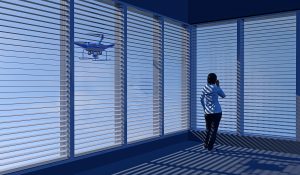
While small drones with excellent cameras can be useful for lots of applications, they also make for good surveillance tools. The bad news is that surveillance is a weapon that can be wielded both for good and evil.
Invasion of privacy is one of the major areas of concern of the general public when it comes to widespread drone use. This isn’t entirely unjustified because there have been a lot of documented cases of drones being used for voyeurism.
Privacy-related issues are particularly serious because they have not been addressed by any of the regulations that the FAA has published so far. This has caused several states and cities to pass their own local laws regulating drone use. This is still problematic since the FAA technically has jurisdiction over the entire national airspace. Local laws and FAA regulations have clashed in court several times because of this conflict.
With no clear regulation in sight, people have started to take the issue into their own hands. This is just equally problematic, as we shall discuss in detail later on.
Restrictive policies may turn off drone pilots
While most of the drone industry has pushed back on new and restrictive rules, there are brands that end up being over-eager. A notable example is China-based DJI, arguably the biggest and most popular drone brand today.
A few years ago, DJI rolled out the Geospatial Environment Technology (GEO) to their mainline drones via a firmware update. The same feature was then implemented for all the subsequent launches. GEO is essentially an automatic geofencing feature that prevents DJI drones from taking off or entering into designated “No Fly” zones.
While a noble gesture, the move also rendered drone unable to take off even in enclosed spaces like within the owner’s garage or backyard. To be fair, drone pilots can request to unlock the restriction using DJI’s very own app. However, it’s understandably frustrating to have to do this if you just want to fly your drone for a few minutes inside your yard.
The negative feedback to DJI’s GEO system has prompted other brands to market their drones as NOT having any geofencing. Clearly, this has become a contentious matter, and that the GEO has not been received as well as DJI was hoping. Only time will tell if geofencing will become a staple of all future drones.
Some people may react to drones violently
In our opinion, the most problematic aspect of people having issues with drones flying above them is that it spurs them to take matters into their own hands. There have been already several cases of people shooting down drones that fly near or above their homes under the belief that they are being recorded or spied on.
These events never turn out well. No matter who turns out wrong, the situation will result in a broken drone and a party being fined or penalized. Again, the lack of any clear regulations on drones flying over private property further complicates such a scenario.
The concern of drone pilots over their own safety has become further highlighted in the context of the FAA’s proposed Remote ID system. If the proposal were implemented, it would mean that anyone who sees a drone can access the drone Remote ID info, therefore allowing the public to identify and pinpoint the location of the drone pilot.
The danger of such a system is that it can bring people with violent tendencies straight to face-to-face confrontations with drone pilots. Again, this is a scenario that is not likely to end well. This is one of the major reasons why the drone industry has not exactly been receptive to the FAA’s proposal.
There has been no word yet on how the FAA plans to proceed with Remote ID, but one thing is for sure – under no circumstances should it be acceptable to put anyone at risk of a violent confrontation.
Final thoughts
Just like any technology, there are both good and bad sides to drones. They have been used in various industries to reduce expenses and to eliminate unnecessary risk exposure. They have been by search and rescue groups worldwide to help locate people who need immediate help. On the other hand, drones have also been used to smuggle illegal goods and record videos of people without their permission.
The FAA is in the unenviable position of having to regulate drone activity and keep the national airspace safe while making sure that they don’t hinder the growth of this fledgling but high-potential industry. Hitting this delicate balance will prove to be a challenge. The pushback that the FAA has received after the Remote ID proposal is enough proof of this.
One thing that will remain unchanged is the fact that drone brands will continue to innovate the technology for as long as people keep buying them. What we have right now is a thriving environment for new and innovative ideas fueled by competition. Whether it’s drone-related legislation or the drones themselves, it’s clear that the industry still has a lot of growth to do.
